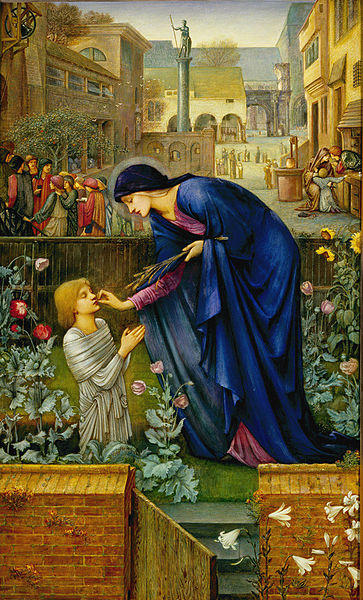Review: Anthony Julius’ “Trials of the Diaspora” [Part3]: “English Literary Anti-Semitism”
We continue with our analysis of Anthony Julius’ Trials of the Diaspora, by turning our attention to one of the more expansive sections of the book — a chapter dealing with what Julius believes to be England’s uniquely hateful contribution to world literature. In the first part of this analysis we explored the background of the author, his history as a Jewish ethnic activist and also, through some of his statements and biographical information, aspects of his psychology. This psychological, and in a sense also political, outlook has already been demonstrated as influencing both Julius’ perception of the history of Jews in England, and his writing of that history. This is most apparent in the thread of victimhood which Julius crudely weaves throughout much of the book.
More insidiously, however, in the second part of the analysis we saw instances where Julius wilfully ignored evidence because it didn’t conform to what he believes to be the case, and also because it did not conform to what he wants others to believe. Julius has thus shown his hand as a propagandist contributing to the drumbeat that the West is evil. Read more









